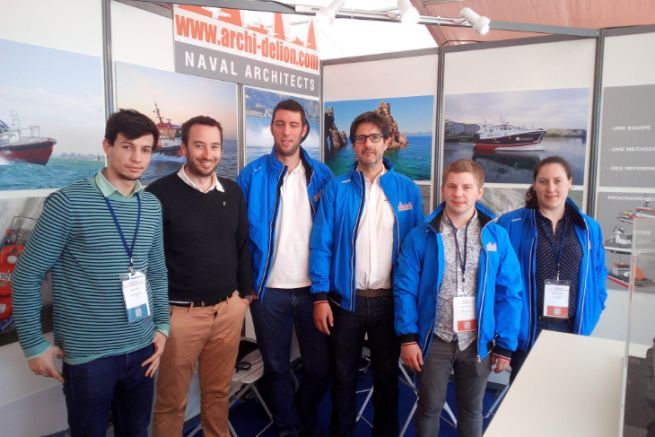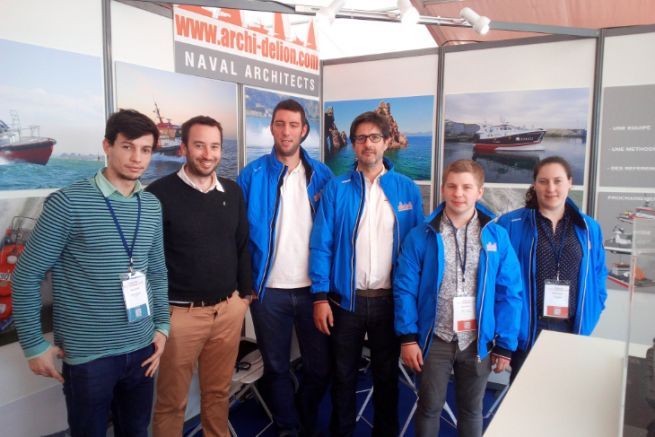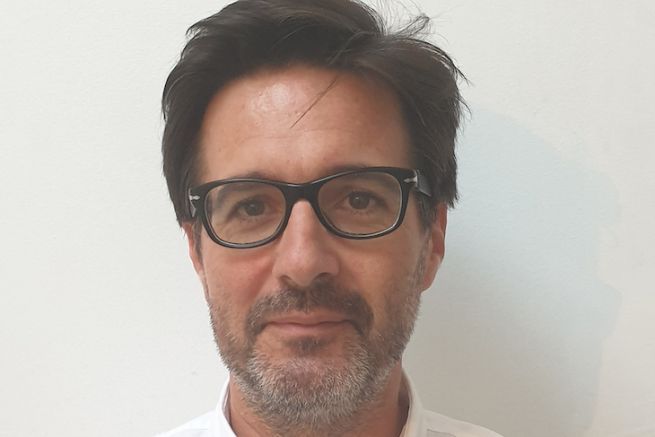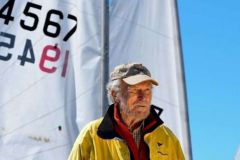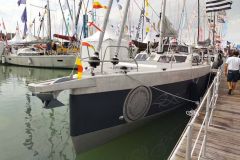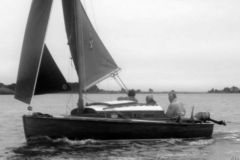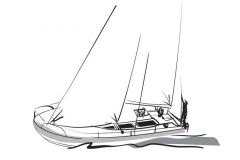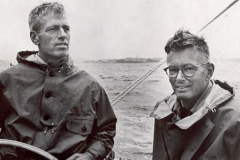From DPLG architect to naval architect
Pierre Delion is a naval architect and runs his eponymous company, based in Nantes. Sailing since his youngest age, he has always loved boats and has always had this attraction for the design professions: architecture, design, engineering..
"I've always wanted to draw things, with respect for the maritime world and boats. I've always thought it was a privilege to be on the water. I used to sail boats as a child and that was my passion."
At the end of the 80s, he went through the aisles of the Paris boat show and met the architect Jean-Marie Finot. He then asked him how to become a naval architect.
"He advised me to choose a profession that offers a way out, an engineer-type job, because there are few elected officials in this field of naval architecture. I was a bit afraid of the engineering side and I liked architecture because of the multidisciplinary side that I find in my practice today. During my studies, I hung on to the design side. I found it interesting the intellectual process of starting from a blank sheet of paper, of learning to ask the right questions to find the answer."
Pierre Delion was then hired in a "terrestrial" architecture firm, which also did fittings for boats, in collaboration with the naval architects Nigel Irens and Marc Van Peteghem.
Sailing boats otherwise rien?!
"As a sailing enthusiast, I've always wanted to design sailing boats. And finally, the first boat I designed was a motor boat. I was called while I was still a student to draw the plans for the Dervinis 620, an aluminum open hull. I first declined the offer, explaining that I only designed sailing boats. A week later, I got a call back to say that he too liked sailing boats, but wanted to do something different, but that one day he would entrust me with the drawing of a sailing boat."
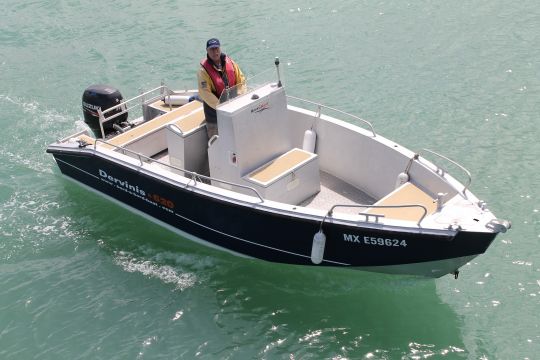
Finally, Pierre Delion accepts the proposal.
"It was the first boat in the yard. Today, there have been about a hundred units sold in about ten years of existence. Since then, I have also worked on the Iroise 46, the yacht he promised to entrust to me. If I hadn't had that phone call, I might not be here. The opportunities to make a name for yourself in this business are a mouse hole".
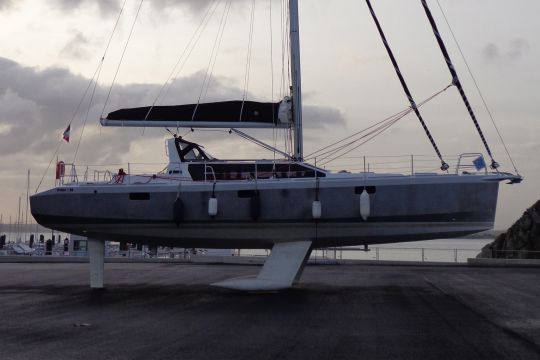
In parallel with his career as a naval architect, Pierre Delion continues his "land" architecture until 2014.
"I was told not to give up a 'real' job. There are fewer places every four years in naval architecture offices than there are at the start of the Vendée Globe. There aren't 30 places in the archi agencies that become available every four years. It's an interesting comparison."
From pleasure to professional boats
Today, Pierre Delion is at the head of an agency of 7 people. Although he specialized in yachting at the beginning of his activity, the crisis of 2008/2009 will make him review his strategy.
"Eventually, the motorboats we were designing drifted to professional demands. Finally, I wanted to draw only sailboats, and the lesson paid off. Then we started to design bigger and bigger boats, which allowed the agency to develop. Today, we are more and more connoted with professional boats. We feel that there is a more rigorous and attentive yachting segment. This is the case of the Explocat 52, from the Garcia shipyard. For this travel boat, our professional experience was a real asset. We are also working on a launch for a private individual with a Patrol Boat look. He contacted us because he knew about our experience in pilot design. Boaters want solid boats that inspire confidence. The Explocat follows that trend."
Precisely, Pierre Delion has made a strength of this mix between the professional world and the yachting world by transposing his experience from one world to the other.
"The satisfaction of a boater is enormous. "The satisfaction of a professional who needs a boat to earn a living is no less. I'm passionate about the cross-disciplinary view of the different professions that make their living from the sea, without being in contact with each other. We learn from fishermen, pilots, divers, policemen... Working with them and listening to them allows us to adapt our boats."

The specifications, an imponderable
If listening is important, the specifications are essential.
"We're working on a travel boat project. We're listening, but this project will be the result of a good symbiosis between the specifications and its translation into a design. The project takes a direction from the specifications. This sometimes poses a problem because there can be difficulties between the desire and the need. You have to be lucid about what you're doing."
For the architect, there are 3 main pillars that contribute to the success of a project:
- Good specifications
- A good job of naval architecture
- Good design/implementation
"The clearer the specifications and the more attention you pay to them at the start, the more consistent the boat will be. Some come with very closed specifications and others with 3 lines. That deserves some discussion. Sometimes we make a first sketch, because we don't know if the client has the ability to read the plans. The point of the game is that there are no surprises. In this initial exploratory phase, our role is not to make decisions, but to give cards so that non-professionals can make the right decisions. There are no right or wrong solutions. Someone's good boat may be someone else's bad boat."
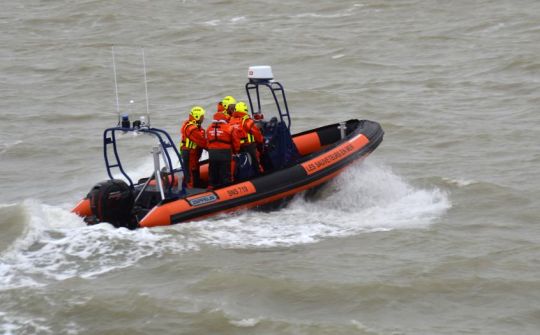
Bringing the different maritime worlds closer together
Now that the agency has grown, the projects have been enriched, with references for both professional and pleasure boating.
"Anything that can bring the worlds of engineering and architecture and the professional and recreational worlds closer together is a vector for progress and positive things. We love boats, the maritime world... I have respect for people who go to sea, no matter what they do there. As Aristotle said, "There are three kinds of men: the living, the dead, and those who go to sea."
